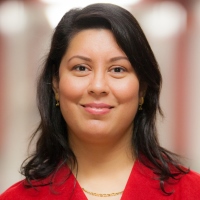

Shaily Mahendra
Professor, Department of Civil and Environmental Engineering
University of California, Los Angeles (UCLA)
Dr. Shaily Mahendra is a Professor and Samueli Fellow in the UCLA Department of Civil and Environmental Engineering, and a member of the California NanoSystems Institute, Institute of the Environment and Sustainability, and the Molecular Toxicology Program. She received Ph.D. from University of California, Berkeley. Shaily has developed enzyme-vault nanocatalysts for water purification, omics-based tools for environmental assessments, antifouling coatings for medical and environmental applications, energy-positive wastewater treatment approaches, and abiotic and biological transformation of emerging contaminants, including 1,4-dioxane, PFASs, pesticides, munitions, dyes, and bisphenol analogs. She received the CH2M-Hill/AEESP Outstanding Doctoral Dissertation Award, NSF CAREER Award, DuPont Young Professor Award, Northrop Grumman Excellence in Teaching Award, AEESP Distinguished Service Award, Walter Huber Civil Engineering Research Prize, and Paul Busch Award from the Water Research Foundation. She is an Editor of Journal of Hazardous Materials and Co-Editor-in-Chief of JHM Letters
